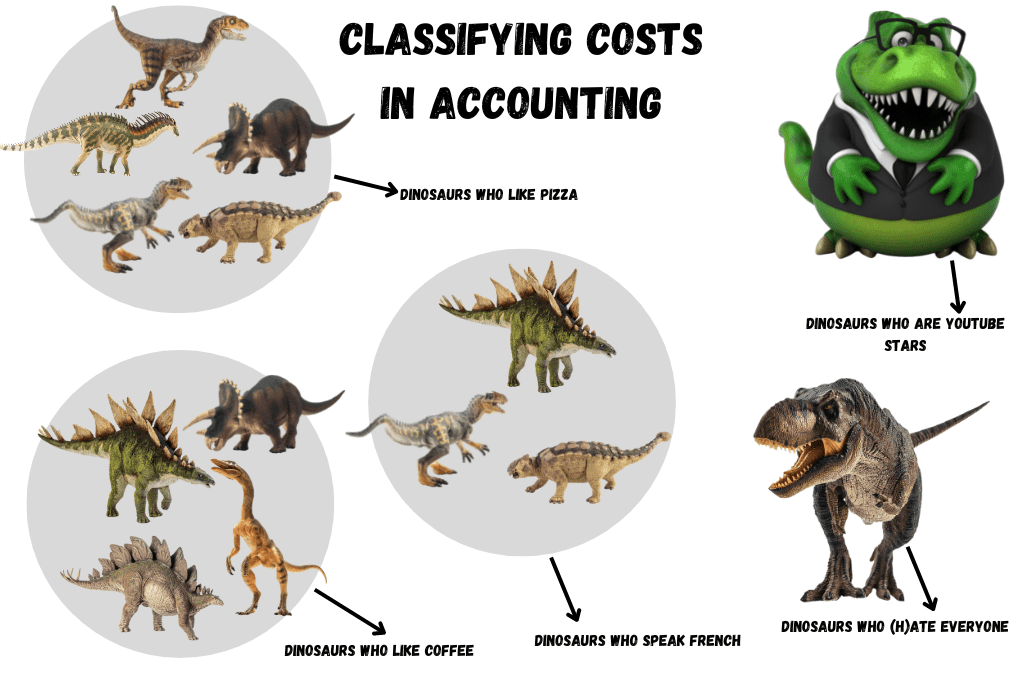
In managerial accounting, costs are classified into different categories based on their characteristics and the purposes they serve. These classifications help managers make informed decisions and control costs effectively. In this blog post, we’ll explore how costs are classified in managerial accounting and the different categories of costs that exist.
Costs Classification in Managerial Accounting
Costs in managerial accounting can be classified in several ways, including by behavior, function, and relevance. Here is a breakdown of each classification:
- By Behavior: In managerial accounting, costs are classified by their behavior as either fixed or variable costs. Fixed costs are costs that do not change with changes in production levels, while variable costs are costs that do change with changes in production levels. For more about Fixed, Variable, and Mixed Costs, go here: https://accountinghowto.com/what-is-the-difference-between-fixed-costs-variable-costs-and-mixed-costs/
- By Function: Costs can also be classified by their function in the production process. The three main categories of costs by function are:
- Direct costs: These are costs that can be directly traced to the production of a specific product or service, such as direct labor or direct materials.
- Indirect costs: These are costs that cannot be directly traced to the production of a specific product or service, such as factory rent or administrative expenses.
- Overhead costs: These are indirect costs that are incurred to support the production process, such as utilities or equipment maintenance.
For more about Direct and Indirect Costs, go here: https://accountinghowto.com/what-is-the-difference-between-direct-and-indirect-costs/
- By Relevance: Costs can also be classified by their relevance to decision-making. The three main categories of costs by relevance are:
- Sunk costs: These are costs that have already been incurred and cannot be recovered, such as depreciation on a building or equipment.
- Opportunity costs: These are costs that are incurred as a result of choosing one option over another, such as the revenue lost from not pursuing a particular project.
- Marginal costs: These are the costs associated with producing one additional unit of a product or service.
Examples of Cost Categories
Here are some examples of different cost categories in managerial accounting:
- Fixed costs: Rent, salaries, insurance premiums, property taxes.
- Variable costs: Raw materials, direct labor, shipping costs.
- Direct costs: Raw materials, direct labor, packaging materials.
- Indirect costs: Rent, utilities, depreciation on equipment.
- Overhead costs: Equipment maintenance, factory supplies, training expenses.
- Sunk costs: Depreciation on a building or equipment, research and development costs.
- Opportunity costs: Revenue lost from not pursuing a particular project, time spent on one project instead of another.
- Marginal costs: The cost of producing one additional unit of a product.
Conclusion
In conclusion, understanding how costs are classified in managerial accounting is essential for making informed decisions and controlling costs effectively. Costs can be classified by their behavior, function, and relevance, and each classification serves a different purpose. By understanding these classifications, managers can better analyze costs and make more informed decisions about production, pricing, and other business operations.

